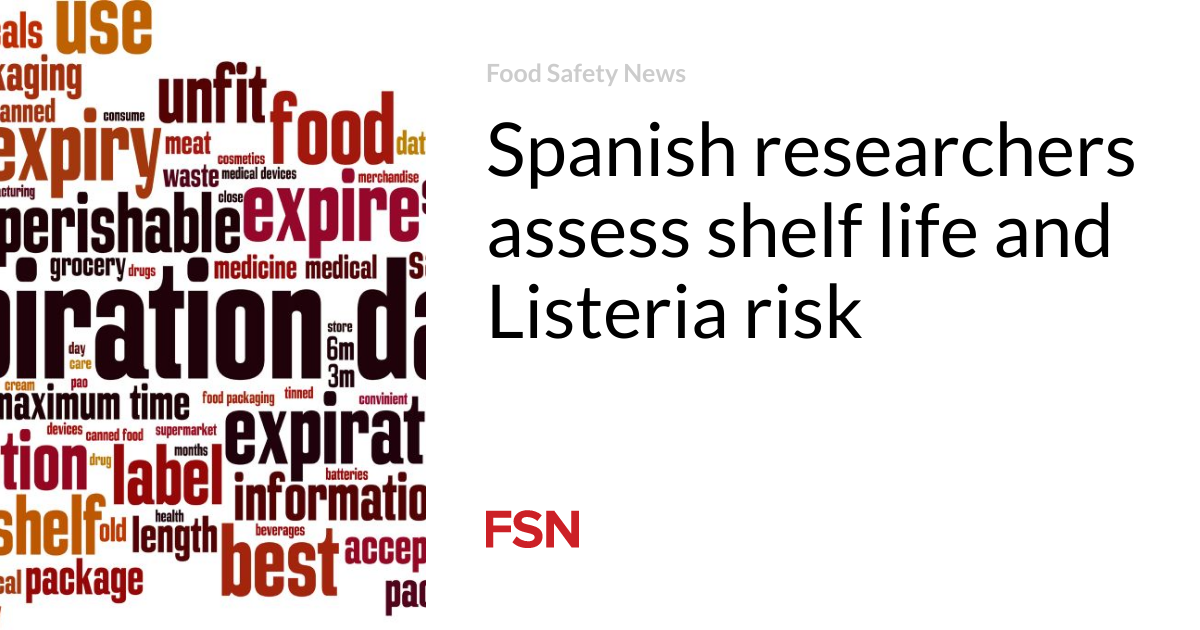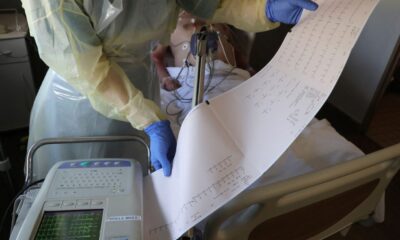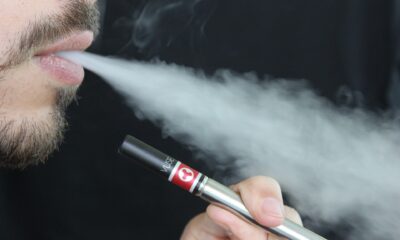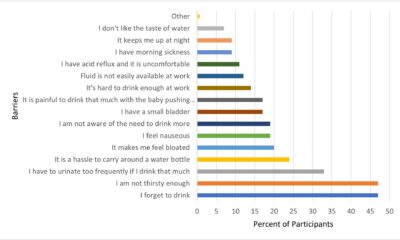Food
Spanish researchers assess shelf life and Listeria risk

Scientists in Spain have assessed the shelf life of certain ready-to-eat foods and the risk of Listeria monocytogenes.
The Barcelona Public Health Agency (ASPB) has requested advice on the safe shelf life of Listeria monocytogenes in products such as cheeses, cooked meats, including pâtés, and cured meats, sliced and pre-packed before retail sale. It was recently published in the Food Risk Assess Europe magazine.
In 2019, 72 cases of listeriosis were reported in Catalonia. ASPB provided 90 samples (32 in 2020 and 58 in 2021) from four categories of ready-to-eat foods. Food was sliced or portioned in stores in Barcelona and packaged in various formats: vacuum-packed, in a heat-sealed or shrink-wrapped tray, or wrapped in foil.
The prevalence of Listeria monocytogenes was 6.75 percent and positive samples came from all food categories. Shiga toxin-producing E. coli (STEC) was also detected in two samples of cheese made from raw milk; one of these was E. coli O145.
Set a safe shelf life
95 percent of product display equipment had a temperature equal to or lower than 5 degrees C (41 degrees F). Scientists found that 44 samples did not have a date on the packaging.
The results showed significant variability in the growth potential of Listeria monocytogenes due to the different characteristics of the products evaluated.
One scenario assumed an initial concentration of 1 colony forming unit per gram (CFU/g) and storage at 5 degrees C (41 degrees F). In this test, the limit of 100 CFU/g would not be reached during the seven days evaluated. However, in scenarios involving phases at a temperature of 9.5 degrees C (49.1 degrees F), the concentration of the pathogen would exceed 100 CFU/g for or at the end of seven days.
Findings showed that cheeses, cooked ham and pâtés require a shelf life because the handling conditions expose the product to potential contamination with Listeria monocytogenes, and the pH and aw (water activity) characteristics of these products support their growth.
In reasonably foreseeable scenarios of temperature abuse by consumers, the safe shelf life of all product groups evaluated would be less than five days. This took into account storage temperatures in retail stores for two days at 5 degrees C (41 degrees F) and in a household refrigerator for five days at 9.5 degrees C (49.1 degrees F).
Scientists say this estimate is the result of a conservative approach that provides a safety margin for the evaluation and corresponds to the five days in EU regulations during which the operator does not present studies that guarantee a safe, longer shelf life.
Review of meat testing in Australia
The European Food Safety Authority (EFSA) also examined the impact of the revision of an Australian monitoring program on its ability detect microbiological contamination.
In 2010, the European Commission ruled that Australia’s current beef and mutton program is equivalent to EU microbiological monitoring requirements. In 2021, Australia said it was reforming its meat export system.
The current and proposed programs are described and the number of alerts compared using a modeling approach. In the current program, only beef and mutton carcasses are checked using three-class sampling plans, while in the planned program carcasses, bulk meat, primal and offal are checked using four two-class sampling plans. ruled out.
The proposed program will trigger an alert when the limits in the moving window criteria are exceeded for at least one of the four two-class sampling plans. Previously, any exceedance of the limits in the moving window criteria resulted in a warning and the site had to take corrective action.
The Salmonella change was made because carcass monitoring data shows its prevalence in Australian production has been very low and declining for more than a decade. Salmonella will be periodically monitored in red meat during national baseline measurements. All beef exports to Finland and Sweden are still checked for Salmonella.
EFSA received data including microbial results from 29 beef and 16 sheep slaughterhouses exporting to the EU from October 2017 to November 2022.
Interventions after an alarm of APC or E. coli and of Salmonella are different. The latter may extend to the pre-harvest stage of the meat production chain if there is no evidence of poor process hygiene at harvest level and may include a more stringent procedure when warnings are repeated.
Modeling showed that the current program provides higher alerts for aerobic plate count (APC), while the proposed design provides higher alerts for E. coli. For APC and E. coli, the estimated number of alerts was similar for beef or higher for sheep going forward compared to the current program. This indicates that the proposed program performs equally or better in detecting such contamination, EFSA said.
(To sign up for a free subscription to Food Safety News, click here.)













